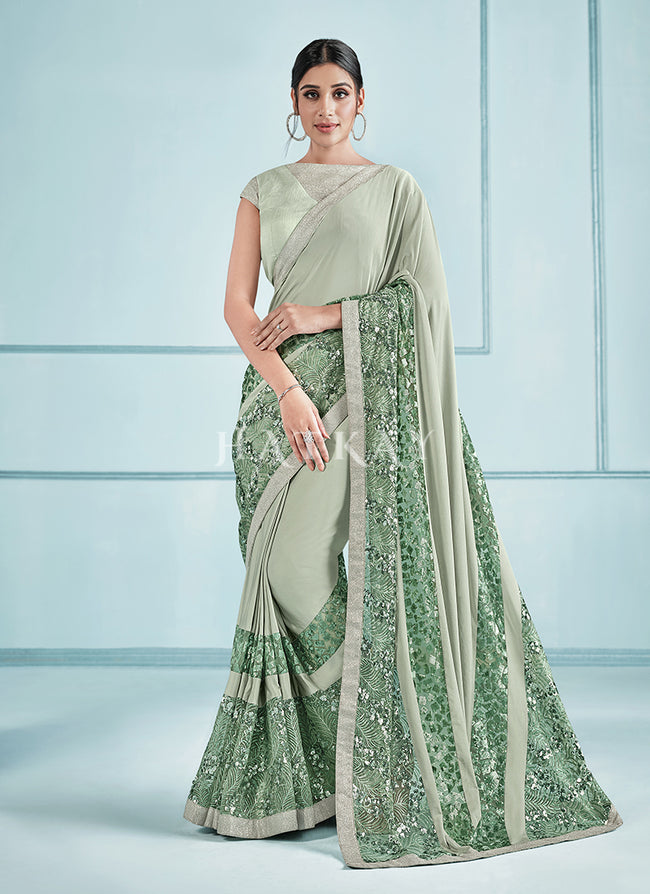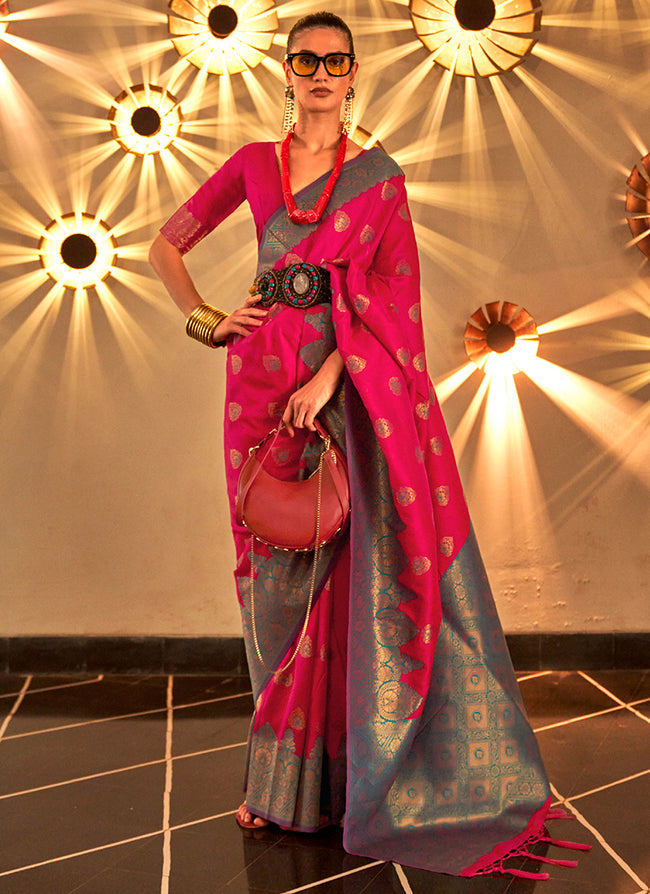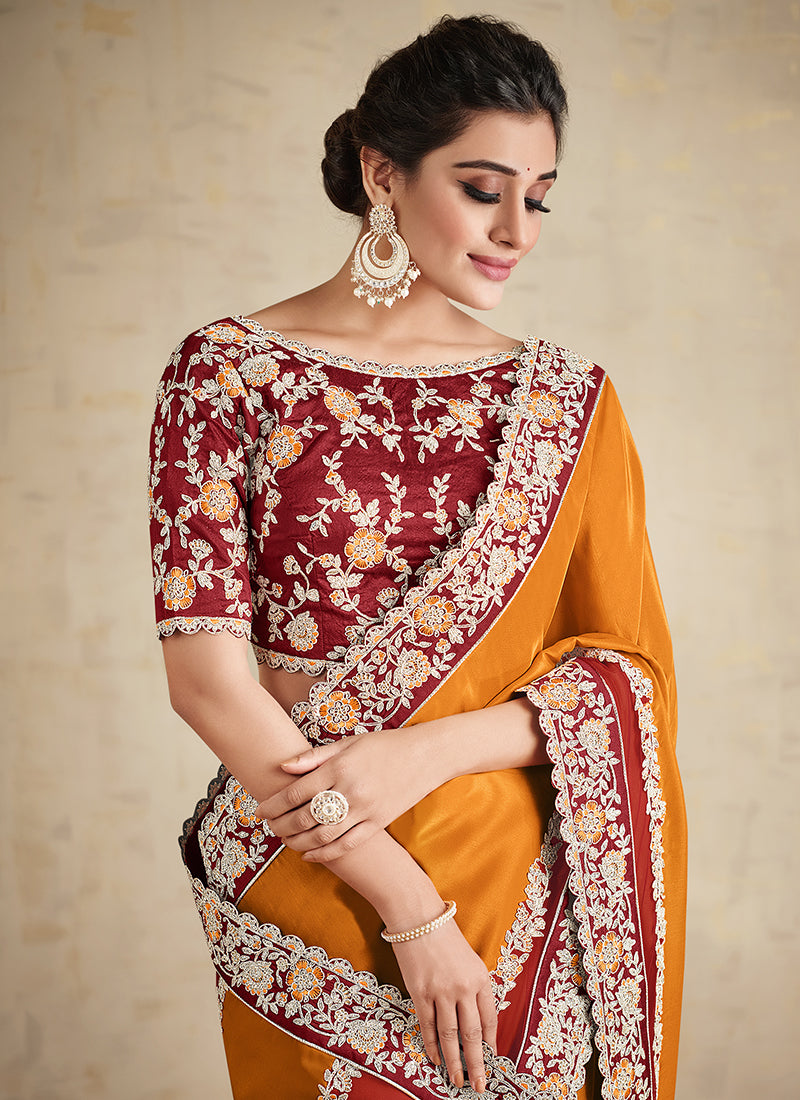Indian clothes have always been a testament to the rich cultural heritage of the country. Among these, the saree holds a special place. However, there is a variant of the traditional saree that is equally enchanting and culturally significant - the half saree. In this article, we will explore the various names by which the half saree is known and delve into its significance in Indian fashion and culture. We will also touch upon related Indian clothing styles like salwar kameez, lehenga choli, anarkali suits, and Punjabi suits for a comprehensive understanding of the world of Indian attire.
The Many Names of Half Saree
The half saree, known by several names across different regions of India, exemplifies the diversity and vibrancy of Indian culture. Let's explore some of these names:
1. Langa Voni: In Andhra Pradesh and Telangana, the half saree is referred to as "Langa Voni." This traditional outfit consists of a langa (skirt), voni (blouse), and a dupatta. It is often worn by young girls during festivals and special occasions.
2. Pattu Pavadai: In Tamil Nadu, the half saree is commonly called "Pattu Pavadai." Pattu means silk, and Pavadai refers to the skirt. This name highlights the use of silk fabric in crafting this exquisite ensemble.
3. Dhavani: In Kerala, the half saree is known as "Dhavani." It shares similarities with the Tamil Pattu Pavadai and is popular among young girls during festivals and ceremonies.
4. Langa Dhavani: In Karnataka, you may hear the half saree referred to as "Langa Dhavani." This name combines the terms langa (skirt) and dhavani, similar to its counterparts in other regions.
5. Pavadai Dhavani: In parts of Maharashtra, the half saree is known as "Pavadai Dhavani." This name also emphasizes the presence of both the skirt (pavadai) and the dhavani (blouse and dupatta).
Significance of Half Saree
1. Coming-of-Age Tradition: The half saree is often associated with a girl's transition from childhood to womanhood. It is worn by young girls during puberty ceremonies, marking their coming of age. This tradition symbolizes the girl's readiness for marriage and adulthood.
2. Cultural Diversity: The diversity in names and styles of the half saree reflects the rich cultural tapestry of India. Each region adds its unique touch to this attire, showcasing the country's unity in diversity.
3. Aesthetic Appeal: Half sarees are known for their stunning and vibrant designs. They are often adorned with intricate embroidery, zari work, and embellishments, making them a visual treat.
4. Versatility: The half saree is a versatile outfit that can be worn for various occasions. It can be customized to suit both traditional and contemporary settings, making it a popular choice among Indian women.
Related Indian Clothing Styles
1. Salwar Kameez: The salwar kameez is another iconic Indian outfit consisting of loose-fitting trousers (salwar), a tunic (kameez), and a matching dupatta. It is comfortable and widely worn across India, offering a great alternative to the saree.
2. Lehenga Choli: The lehenga choli is a classic bridal attire that includes a flared skirt (lehenga), a fitted blouse (choli), and a dupatta. It is known for its grandeur and is often chosen for weddings and other special occasions.
3. Anarkali Suits: Anarkali suits feature a long, frock-style kurta paired with fitted bottoms and a dupatta. They are named after the legendary dancer Anarkali and are a symbol of elegance and grace.
4. Punjabi Suits: Punjabi suits, also known as salwar suits, consist of a tunic-style top (kameez), straight-cut trousers (salwar), and a matching dupatta. They are popular in Punjab and have gained popularity across India.
The half saree, known by various names in different regions of India, is a beautiful representation of the country's cultural diversity and traditions. It holds immense significance as a symbol of a girl's coming of age and is celebrated for its aesthetic appeal and versatility. In the realm of Indian clothing, it is just one of the many stunning options available, alongside salwar kameez, lehenga choli, anarkali suits, and Punjabi suits. These outfits collectively showcase the beauty and variety of Indian attire, making India a global hub for fashion and tradition.













